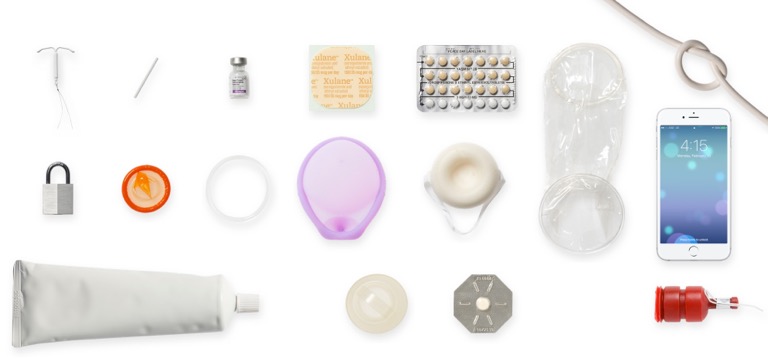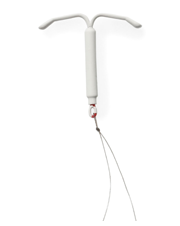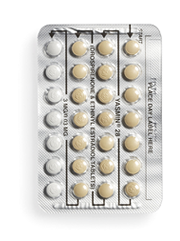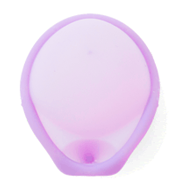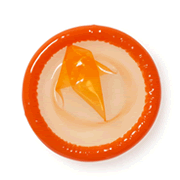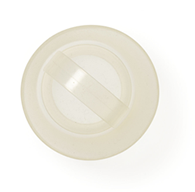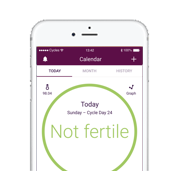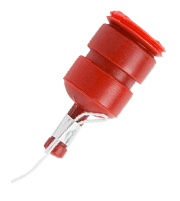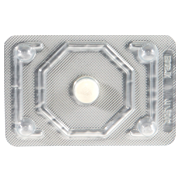5 Myths About the Implant, Busted

It’s tiny, it’s super effective, and we promise it’s not a tracking device. Get to know the birth control implant, a.k.a. Nexplanon.
The birth control implant is a little rod about the size of a matchstick. It goes just below the skin in your upper arm. For some people, it’s the best birth control that ever happened to them. But others may have heard scary stories about the implant—and many folks aren’t even sure what it is. We’re here to set the record straight about the implant and clear up a few all-too-common myths. For more information, talk to a provider at your nearest The Right Time health center.
Myth 1: The implant must stay in your arm for 3 years.
You and only you get to decide how long you want to keep the implant. If you want to try something different after six months, it can come out. If after two years you want to remove the implant to get pregnant, go for it! All you have to do is make an appointment to go see your health care provider.
Bonus: Recent research shows the implant actually provides great pregnancy protection for up to five years. So if you decide in three years that you love the implant and want to continue it for birth control, keep it longer!
Myth 2: The implant can move to another part of your body.
At the most, and rarely, the implant can shift a little, but almost always less than an inch from the place where it started. If the implant isn’t placed correctly, there have been a handful of situations where it ended up in a place that it shouldn’t be (in a blood vessel, for example). But if you have a skilled provider, you can get your implant with confidence. Plus, you should be able to feel the implant with your fingers and know that it is in the right place. If you ever can’t feel you implant, contact your provider to make sure all is well.
Myth 3: There is nothing you can do about irregular bleeding on the implant.
If you have irregular bleeding, a.k.a. spotting, there are a few things that may help. First, if you haven’t been tested lately, it’s a good idea to get checked for sexually transmitted infections (STIs, a.k.a. sexually transmitted diseases), since having an STI can make spotting worse. If you smoke, quitting might help. We know that women who smoke are more likely to have break through bleeding on the pill so it makes sense that quitting could also help with bleeding on the implant. (Plus, there are lots of other good reasons to quit smoking.)
Health care providers have tried lots of different strategies to help patients with irregular bleeding on the implant. Some common solutions are to recommend taking the pill, doxycycline or ibuprofen for a few weeks after the implant is inserted. While none of these treatments has been found to routinely help everyone with irregular implant bleeding, they may be helpful for individuals. The only medicine that has been found to consistently decrease irregular bleeding on the implant is tamoxifen (the same medication used to treat breast cancer). In one study, women with irregular bleeding from the implant who took tamoxifen had five fewer days of bleeding over 30 days compared with women who took placebo.
If you’re worried about spotting, you can talk to your provider about these potential solutions even before you get the implant inserted. After about three months with the implant, you should have a pretty good idea of what your bleeding pattern is going to be like while you have it.
Myth 4: The implant will make you gain weight.
Most people in the United States gain weight as we get older (sometimes called “age-related weight gain”), but research shows that people using the implant don’t gain more weight than those who aren’t using the implant.
Myth 5: Getting the implant will hurt.
Lots of people are worried about pain at the time when the implant is inserted, but have no fear—your provider will use local anesthesia (numbing medicine) in your arm before putting the implant in. For most people, the bee sting feeling of the numbing medicine is the worst part. Once the skin in your arm is numb, your provider will put the implant just below the skin with a special inserter. The whole process is kind of like getting your ears pierced. When it comes time for the implant to be removed, your provider will put more numbing medicine in the spot where they will take it out. On average, it takes two minutes to place the implant and four minutes to remove it.
If it’s important to you not to get pregnant right now, the implant is one of the best methods you could choose. Don’t let misinformation stop you from deciding whether it could be a match for you.
Updated September 2019
Related Content
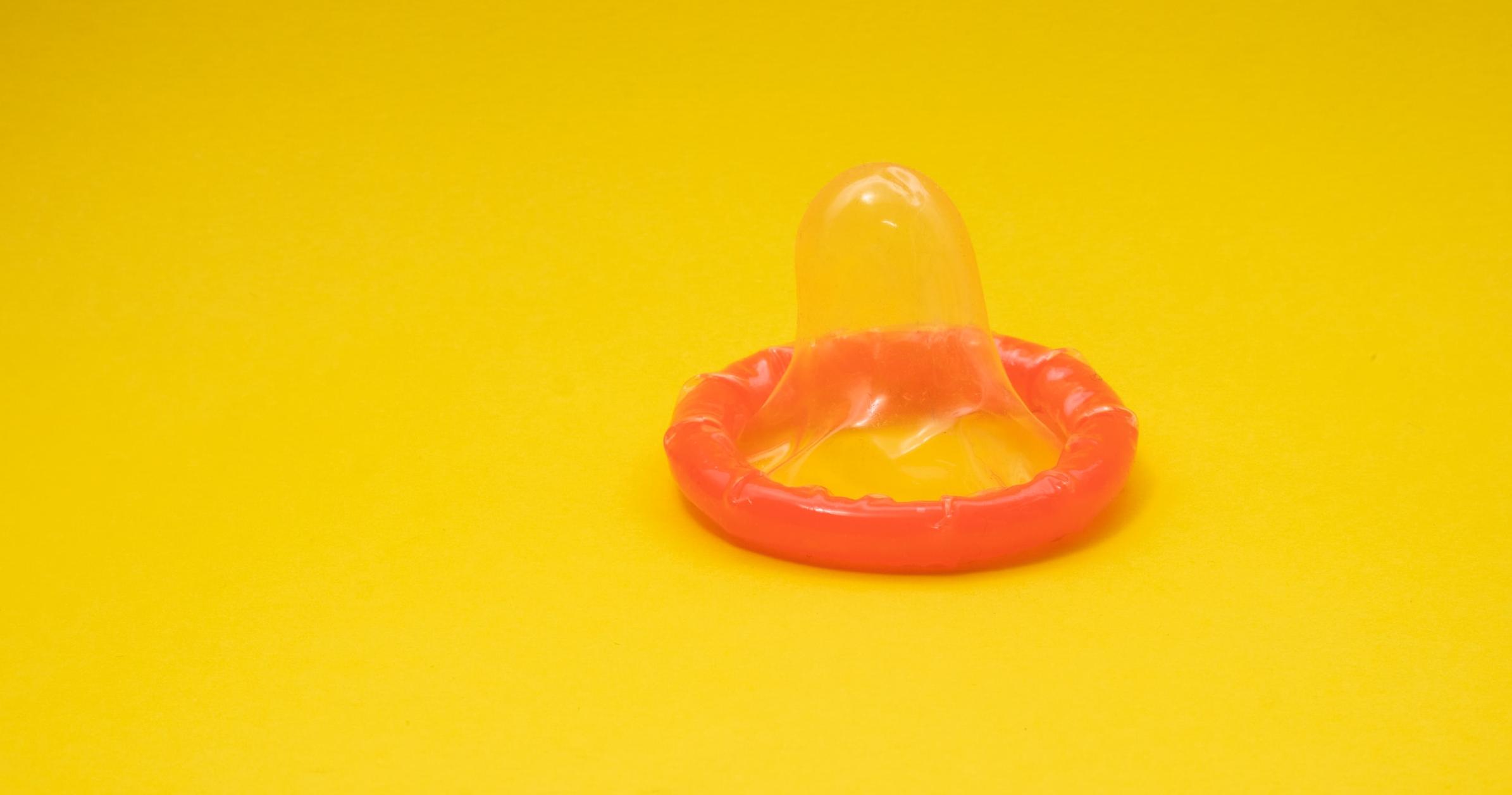

Provider Perspective
The Common Cold of the Sexually Active World: HPVLet’s talk HPV—causes, treatments, and prevention.

Provider Perspective
Skip the Pelvic, Please!What to expect when it’s time to visit your lady doctor. (It may just be a conversation.)

Provider Perspective
Does Being Overweight Affect Your Birth Control?When it comes to birth control and weight, not all methods are created equal...


